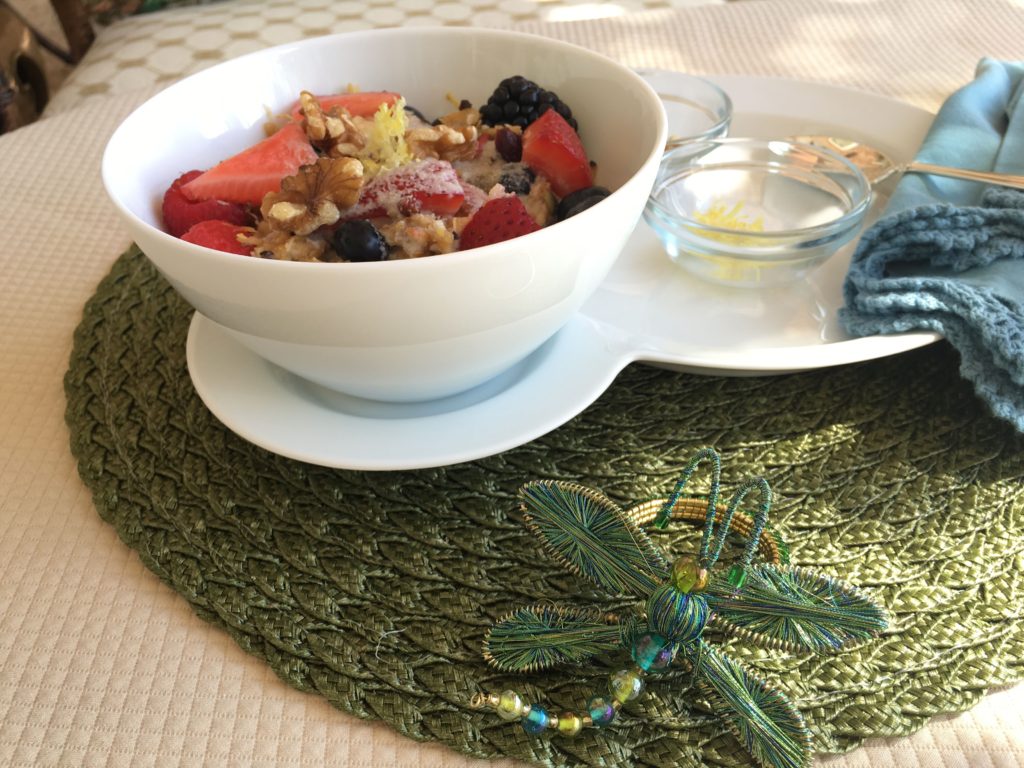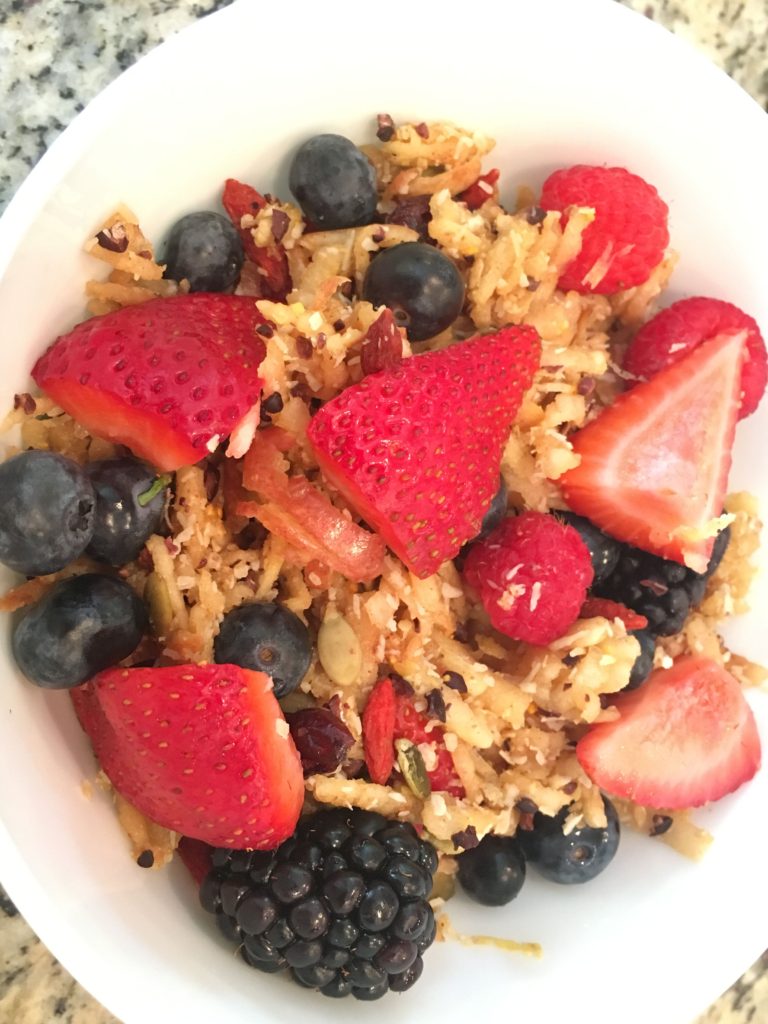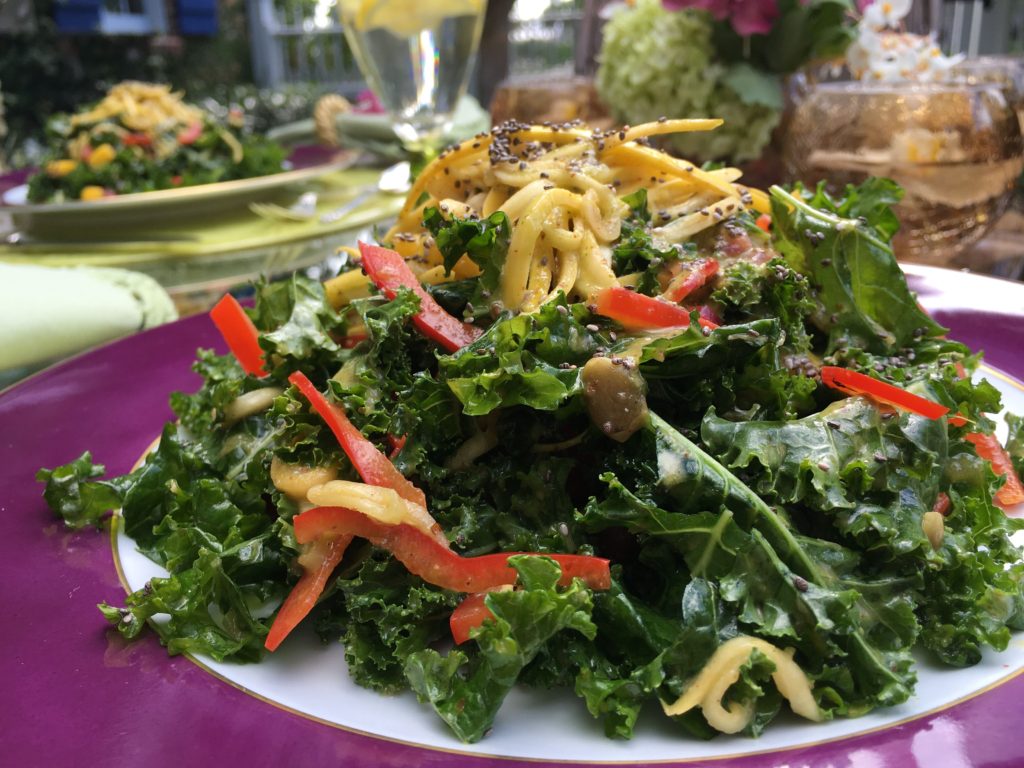My dad was well known for his one-liners, riddles, and corny jokes. He especially liked rhymes. Perhaps one of the most recognizable expressions, “an apple a day helps keep the doctor away,” is one I heard often. He loved the way it rolled off the tongue and he loved apples! This sage advice was almost always followed by tales of my father’s youth during the depression, when fruit (if it wasn’t growing in your own backyard) was quite expensive and hard to find. It seems he and his friends knew where the apple sellers picked up their fruit and the routes they took via hired carts back to the city. Knowing that these gentlemen were charging prices well above the market rate, the boys positioned themselves in nearby trees and would swoop down on ropes to “swipe” a few apples, guilt free, as the carts passed.


As I’ve mentioned in previous posts, my dad was the procurer of all the wonderful and deliciously healthful things that entered our home—and that was especially true when it came to apples. Finding the sweetest apples, the tartest in the bunch, and everything in-between was an art to him. My father would tell me that apples were plentiful in pectin, and contained the fiber that reduces blood pressure and glucose levels. He talked about boron, a mineral found in apples, and its importance to bone health, and how apples are nature’s toothbrushs. Apples are low in calorie density, so you can eat big portions, as much as you like, and enjoy them in a variety of ways.
It’s no wonder I fell in love with this breakfast treat I discovered while staying at the Ashram retreat in California. It’s adapted from No Sweeter than the Ripest Cherry, a comic-book/cookbook written and illustrated by the talented raw-food chef Suzie Bohannon. Nut milks have become very popular because they are high in protein and low in sugar—and since they’re lactose-free, many people prefer them to cow’s milk. They’re also very easy to make at home, as proved by the recipe below.

Yield: Makes 1 Serving








